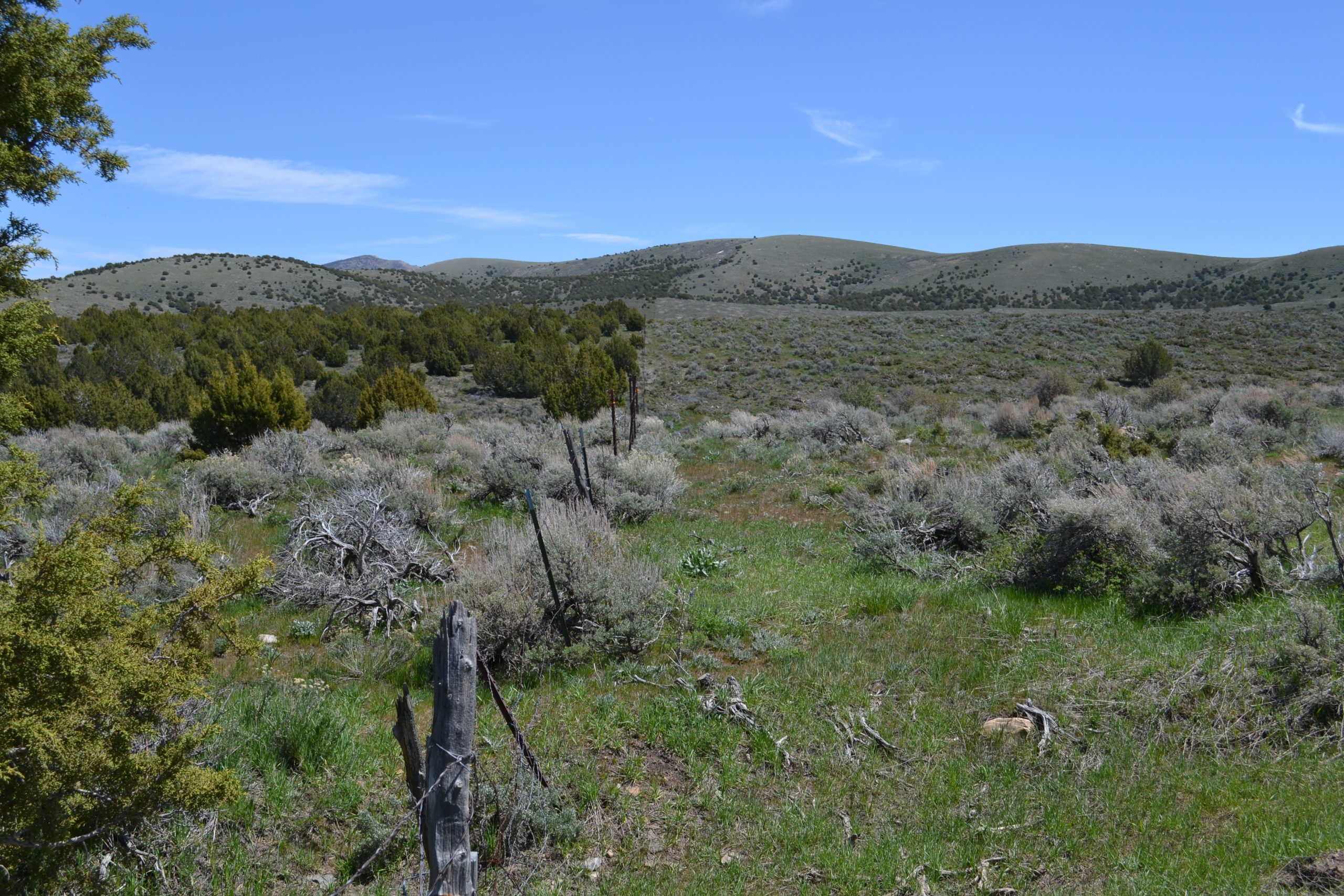
Utah’s Watershed Restoration Initiative (WRI), coordinated by the Utah Department of Natural Resources (DNR), recently announced $34 million in funding for a record 208 wildland restoration and rehabilitation projects statewide.The projects will improve over 280,000 acres of land and are scheduled for the 2017 fiscal year.
While each project is unique, WRI projects are designed to restore damaged watersheds; improve water quality and yield; reduce catastrophic wildfires; restore watershed functions following wildfire; and increase habitat for wildlife populations and forage for sustainable agriculture.
The $34 million in funding for this year’s projects come from over 100 state, federal and private sources, including the Utah Legislature, Bureau of Land Management, Natural Resources Conservation Services, U.S. Forest Service, sportsmen groups, private land owners, oil and gas companies, private foundations and public land grazers.
“Healthy watersheds are necessary to how we manage Utah’s natural resources. Because of our coordinated efforts, we’re better able to identify needs and improve priority watersheds statewide,” said Alan Clark, DNR watershed program director. “WRI is critical to Utah’s need to secure more water, prevent future catastrophic wildfires and increase habitat for wildlife. Our partners see the value and through their support we’ve been able to grow the initiative substantially from where it started.”
WRI is a partnership-based program designed to improve high priority watersheds throughout Utah. The program is in its eleventh year and is coordinated by DNR. Since its inception in 2005, WRI partners have completed over 1,500 projects and treated almost 1.5 million acres of upland, stream and riparian areas statewide with an investment by all partners of over $150 million. Last year WRI completed 105 projects, restoring 100,000 acres.
“The Watershed Restoration Initiative is BLM’s model partnership,” said Jenna Whitlock, acting BLM Utah State Director. “WRI produces on-the-ground results across state and federal boundaries on a landscape level using locally led teams. With 1.5 million acres improved across the state, the program remains strong.”
Utah relies on partner involvement. For every $1 spent by the state to restore watersheds, WRI receives $5 from contributing partners. For every $1 spent by the state on fire rehabilitation, WR receives more than $20 from its partners. While the state has invested about $20 million total, Partners and in-kind donations have paid the rest.